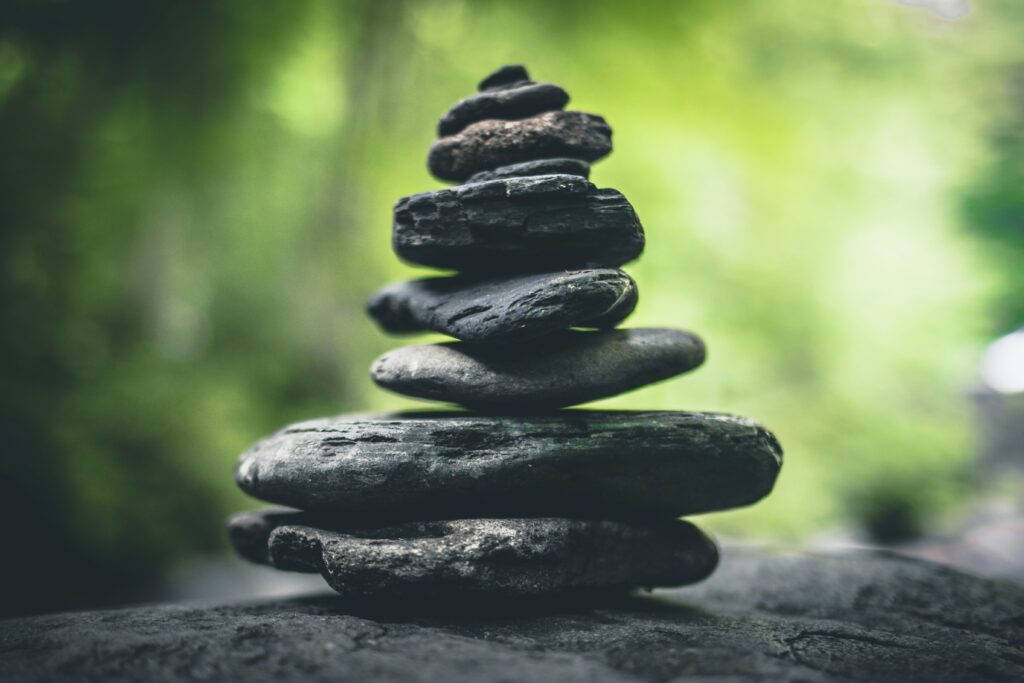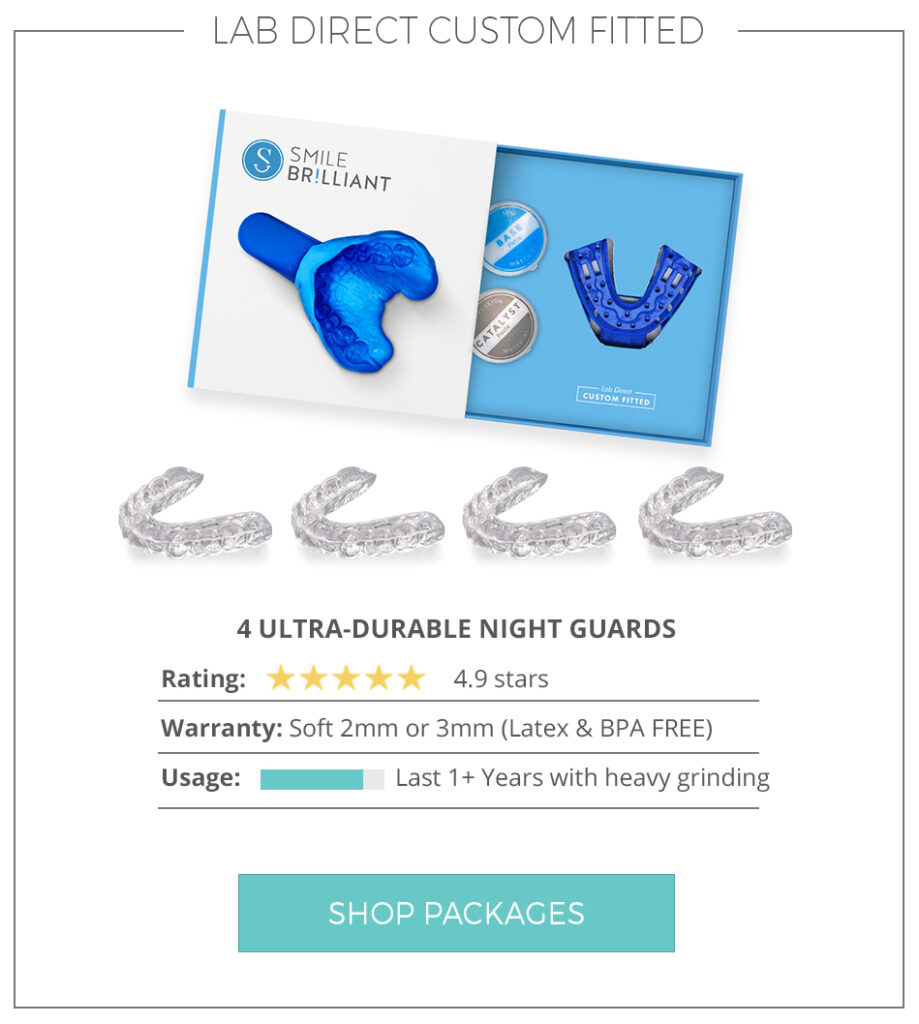Table of Contents
Introduction
Welcome to your definitive guide on Lifestyle Evolution—a journey of embracing age-defying wellness tailored specifically for women. In this vibrant opening, we recognize the pivotal role that a well-curated wellness routine plays in our lives – a role that transforms markedly as we navigate through different age milestones.
Firstly, let’s shed light on the profound impact of aligning your wellness routine with your life’s ever-changing rhythm. As the years progress, our bodies and minds evolve, thus calling for a nuanced approach to fitness, nutrition, and mental health that resonates with each unique phase of life.
Secondly, adopting a dynamic lifestyle is not simply about staying fit or eating healthily; it’s about cultivating a holistic sense of wellbeing that encompasses physical health, emotional balance, and mental clarity. For women, this integrative approach is critical as it paves the way for personal growth, resilience, and vitality regardless of age.
Moreover, with age comes wisdom— and with wisdom, the understanding that wellness is not a one-size-fits-all concept. It’s an intricate tapestry woven from the threads of personalized activities, dietary choices, and mental health strategies that honor and enhance our individual journeys.
Indeed, by taking control of your wellness routine and adapting it through the decades, you empower yourself to live your fullest, irrespective of the number on your birthday cake. Stay engaged as we delve into the fascinating world of Lifestyle Evolution, where every chapter of life is met with a flourish of health, happiness, and unabated strength.
Join us as we unlock the secrets to a flourishing lifestyle that defies time, ensuring every woman steps into each new age with confidence, grace, and an invigorating zest for life.
Nurturing Your Physical Wellness: Age-Specific Fitness Strategies

As we shift our focus to nurturing physical wellness, it’s critical to understand that our fitness needs inherently change with each passing decade. Unveiling age-specific fitness strategies is key to maintaining peak physical condition and overall well-being. Let’s explore how women can adapt their exercise routines to best suit their age and lifestyle.
In your 20s, laying a solid foundation is paramount. It’s the prime time to build strength, endurance, and establish a fitness routine that can withstand the test of time. Engage in resistance training to fortify muscles and bones, and couple it with cardiovascular workouts to boost heart health and stamina. Remember, the habits you form now set the stage for your future self.
Moving into your 30s, life often becomes a juggling act between personal and professional commitments. This is where High-Intensity Interval Training (HIIT) becomes your ally. By integrating short bursts of intense exercise with brief rest periods, you can maximize calorie burn and enhance muscle tone in less time, accommodating your busy schedule without compromising on fitness.
As you gracefully enter your 40s, it’s time to focus on activities that maintain flexibility and core strength. Embrace the power of low-impact exercises such as Pilates and yoga. These mindful practices not only strengthen the body’s core but also promote flexibility and reduce the risk of injury, ensuring you remain agile and energized.
Upon reaching your 50s and beyond, the emphasis naturally shifts to gentle movement practices that safeguard bone health and overall mobility. Incorporate strength training into your routine to combat the decrease in muscle mass and bone density. Pair these with activities like tai chi or swimming that are kind to your joints but effective in keeping you active and vibrant.
Each decade presents its own set of physical demands, and by embracing these age-specific fitness strategies, women can ensure they’re not only living but thriving through each season of life. Stay motivated, stay flexible in your approach, and most importantly, listen to your body as it guides you through a lifetime of wellness.

Cultivating Mental and Emotional Balance at Every Decade

Cultivating mental and emotional balance is just as vital as maintaining physical fitness, particularly as we sail through the various stages of life. Let’s delve into the strategies that women can employ in every decade to harmonize their mental and emotional states.
In your 20s, the world brims with possibilities and learning opportunities. Now is the ideal moment to establish mindfulness habits and stress management techniques that will serve as your mental bedrock. Start by practicing daily meditation or journaling to manage stress and heighten self-awareness. This proactive approach to mental health lays a robust foundation for the years ahead.
Progressing into your 30s, emotional resilience takes center stage as life’s responsibilities burgeon. It’s essential to refine your stress-management techniques, perhaps by incorporating regular meditation and self-reflection into your routine. By doing so, you can navigate life’s complexities with poise and maintain a serene outlook despite the chaos that may surround you.
As you enter the reflective phase of your 40s, it’s time to harness the power of positive affirmations and visualization. Use these tools to maintain mental clarity and cultivate a growth mindset, crucial for personal evolution. Scheduling time for these practices can be transformative, fortifying your mental fortitude and enabling you to approach each challenge with fresh eyes and a clear mind.
Finally, reaching your 50s and beyond often brings about significant life transitions. Now, more than ever, it’s important to embrace these changes with grace and wisdom. Cultivate a strong support network and dedicate time to lifelong learning. Engage in community activities and pursue personal interests that fuel your passion and keep your cognitive faculties sharp.
Remember, mental and emotional wellness is a journey, not a destination. By continuously nurturing your inner life, you can achieve an equilibrium that radiates outward, positively influencing every aspect of your existence.
The Nutritional Compass: Fueling Your Body for Different Life Stages
Understanding and following the nutritional compass is imperative for fueling your body appropriately through different stages of life. With each decade, nutritional needs and priorities shift, necessitating a tailored approach to diet that sustains both health and vitality.
In the bustling era of your 20s, focus on establishing a strong nutritional baseline. Prioritize a diverse intake of protein, healthy fats, and complex carbohydrates to energize your active lifestyle. This is the time to build healthy eating habits, incorporating plenty of whole foods, fruits, and vegetables to set the pace for the years to come.
As you navigate the thriving 30s, balancing career, perhaps family life, and personal well-being can be challenging. Your diet must support this active phase, so aim for nutrient-rich foods that maximize your energy levels. Be sure to get enough iron, particularly for women, to counterbalance the risk of anemia due to menstruation or pregnancy. Also, maintain calcium-rich foods to support bone health.
Approaching the reflective 40s, metabolic changes become more pronounced, making it essential to be mindful of portion sizes and caloric intake. Shift towards foods high in fiber to aid digestion and control hunger pangs. Antioxidant-packed foods become crucial at this stage, helping to combat oxidative stress and promote cellular health.
Upon reaching the 50s and onwards, dietary focus should pivot towards heart health and maintaining muscle mass. Choose foods rich in omega-3 fatty acids for cardiovascular benefits and continue to include lean protein in your meals to slow muscle loss associated with aging. It’s also a prime time to ensure adequate vitamin D and calcium intake to preserve bone density.
At every stage, staying hydrated and adapting your diet to your body’s changing needs is a non-negotiable aspect of good health. By using the nutritional compass as your guide, you can navigate through life with the assurance that your dietary choices are aligned with your body’s requirements for optimal function.

Rest and Recovery: The Essential Role of Sleep in Your Lifestyle Journey

Rest and recovery form the cornerstone of a balanced lifestyle journey, with sleep playing an indispensable role in this process. As you transition through life’s stages, it becomes increasingly clear that sleep is not a luxury but a fundamental requirement for physical and mental restoration.
In your energetic 20s, often filled with late nights and early mornings, prioritize sleep to bolster cognitive function and physical health. It’s essential to aim for seven to nine hours of quality sleep nightly, as this aids in memory consolidation, learning, and repairing the body after the day’s activities.
Progressing into the dynamic 30s, sleep must not take a back seat amidst the pressures of career growth and family responsibilities. Ensure regular, restful sleep to maintain alertness and decision-making skills. Establish a soothing pre-sleep routine to signal your body it’s time to wind down, promoting a swift transition to deep, recuperative sleep.
The contemplative 40s bring about a crucial realization of sleep’s role in emotional regulation and stress reduction. Continue to invest in a consistent sleep schedule, even if it requires adapting your evening habits. Embrace relaxation techniques such as reading or gentle stretching before bed to minimize sleep disturbances and enhance sleep quality.
Upon entering the reflective 50s and beyond, sleep patterns may naturally shift, often becoming lighter and more fragmented. Counteract these changes by creating a sleep-conducive environment — cool, dark, and quiet — and carefully monitor your diet and exercise habits to positively impact sleep quality.
Remember, no matter your age, integrating sufficient sleep into your lifestyle is paramount for recovery and longevity. Acknowledge and respect your body’s need for rest: it’s not just about recharging your batteries, but also about ensuring a resilient, healthy, and fulfilling life journey.
Social and Spiritual Elements: Weaving Connection and Purpose into Your Wellness Tapestry

The tapestry of wellness is intricate, composed not only of physical elements but also enriched with the social and spiritual threads that bind our sense of connection and purpose. Recognizing the importance of these elements is critical as they offer a profound depth to our overall well-being.
Firstly, in your youthful 20s, establish your social foundation. Forge strong friendships and meaningful connections that will provide support, joy, and a sense of belonging. Actively engage in community groups or events that resonate with your interests to foster these connections. Similarly, exploring your spiritual path during this decade can provide a guiding sense of purpose and direction in life.
Transitioning into your 30s, you might find yourself immersed in career and family, so it’s vital to maintain those social bonds. Make an effort to nourish relationships despite busy schedules, as these connections will be a source of strength and comfort. On the spiritual front, continue to cultivate practices like meditation or prayer that ground you and give solace amidst life’s hustle.
As the introspective 40s dawn upon you, reflect on the quality of your relationships. Dedicate time to deepen the bonds that enrich your life and gracefully let go of those that no longer serve your well-being. Spiritually, this could be an ideal time to connect with your inner self on a deeper level, perhaps through retreats or sabbaticals that offer space for contemplation and growth.
Approaching the wisdom-rich 50s and beyond, the social aspects of wellness take on a different hue. Now, you might find greater pleasure in mentoring others or engaging in volunteer work. This not only strengthens social ties but also solidifies a sense of purpose and contribution to the world. Spiritually, you may seek to pass on your acquired wisdom and possibly delve into teachings or philosophies that offer comfort and understanding about life’s transitions.
In every decade, weaving the social and spiritual elements into your wellness journey offers balance and completeness. These threads provide the strength and color needed for a well-rounded and satisfying life tapestry that is as unique as the individual who weaves it.
Embracing Technology: Leveraging Digital Tools for an Enhanced Lifestyle
Embracing technology is not simply about keeping up with the latest trends; it’s about harnessing digital tools to enhance and simplify your lifestyle. The power of technology, when used wisely, can amplify your productivity, connectivity, and enjoyment.
In your adventurous 20s, leverage technology to streamline your education and career development. Utilize online learning platforms to acquire new skills and apps to manage your time and projects effectively. Social media can play a pivotal role here, not just for entertainment, but for networking and establishing your professional brand.
Transitioning to the bustling 30s, technology becomes an invaluable ally in balancing the competing demands of work and personal life. Embrace digital tools that synchronize your schedules and facilitate remote working. This will allow you to stay engaged with family matters without sacrificing career goals. Smart home devices can also start to feature in your life, adding convenience and efficiency to your household management.
As you navigate the reflective 40s, consider how technology can support your health and well-being. From fitness trackers that motivate physical activity to meditation apps that encourage mental well-being, technology offers numerous avenues to maintain your health. Educate yourself about the digital footprint you’re creating and take steps to secure your online presence.
Upon entering the seasoned 50s, technology can help you stay connected with friends and loved ones. It can open doors to new hobbies and interests, or enable you to travel the world virtually from the comfort of your home. Use technology to remain financially savvy as well, with digital budgeting tools and investment platforms.
Throughout each stage of life, let technology be a tool that brings about a more informed, connected, and efficient lifestyle. Use it to break barriers, not to create them. Be mindful of the digital divide and strive to ensure that these tools are accessible and beneficial to all.
The Art of Living – Adapting, Growing, and Thriving
The art of living lies in our ability to adapt, grow, and thrive amidst the ever-changing landscapes of life. It is an active, dynamic process that requires awareness, flexibility, and resilience.
Initially, in your vibrant 20s, you focus on adapting to the adult world, laying the groundwork for future successes. Embrace change as a constant and seek to adapt with optimism and a willingness to learn. Understand that growth during this time sets the tone for your personal and professional trajectory.
Progressing into your 30s, you’ll find growth to be paramount. It’s a time to expand upon the lessons learned, to build on your experiences, and to face new challenges with confidence. Cultivate resilience during this period by overcoming obstacles and viewing failures as stepping stones to success.
Approaching the reflective stage of your 40s, thriving becomes a central theme. Life’s lessons take a clearer shape, guiding you towards a deeper understanding of what it means to live well. Prioritize wellness, cherish relationships, and make intentional choices that align with your values and long-term vision.
As you move into your wise 50s and beyond, the importance of continuing to adapt, grow, and thrive becomes even more evident. Remain open to new experiences and learning opportunities. Give back to others, share your wisdom, and bask in the richness of a life well-lived.
Ultimately, mastering the art of living is an ongoing journey of adapting to the shifts of time, growing through the experiences collected, and thriving by finding joy and purpose in each day.
Embrace the journey towards a resilient lifestyle: start now by setting clear, achievable goals. Equip yourself with knowledge, hone your adaptability, and cultivate a network of support. Remember, resilience is not an end state but a continuous process of growth and adaptation. Let every challenge be an opportunity to learn and strengthen your resolve. Begin your journey today—chart your course towards resilience and thrive in the face of life’s uncertainties.

FAQs
Q1: How can I better adapt to sudden changes in life?
A1: Start by acknowledging your feelings towards the change. Practice flexibility in your thinking and seek out positive aspects of the new situation. Stay informed, make a plan, and don’t hesitate to ask for support when needed.
Q2: What are some strategies for personal growth?
A2: Personal growth can be nurtured by setting clear goals, seeking new experiences, reading widely, and reflecting regularly on your progress. Commit to lifelong learning and don’t shy away from challenges—they often present the best opportunities for growth.
Q3: How do I measure whether I am thriving in life?
A3: Thriving can be subjective, but generally, it’s a sense of flourishing in various aspects of your life. This may include having fulfilling relationships, engaging in work that aligns with your values, maintaining good health, and experiencing a sense of accomplishment and contentment.
Q4: Can technology aid in the art of living?
A4: Yes, technology can be a powerful tool to help you adapt, grow, and thrive. It offers resources for learning, methods for efficient communication, and aids in managing daily life more effectively. Use it thoughtfully to enhance your life, not to dominate it.
Q5: How do I find contentment at any age?
A5: Contentment comes from an appreciation for the present moment and gratitude for what you have. Cultivate it by practicing mindfulness, prioritizing your well-being, maintaining social connections, and setting aside time for activities that bring you joy.
Q6: How can I balance personal life and work as I grow older?
A6: Establish clear boundaries between work and personal life. Prioritize your time according to what matters most to you. Remember, as you age, flexibility in work arrangements can also contribute to a better balance, so explore options that suit your lifestyle.
Q7: Is it too late to make significant changes in my lifestyle after 50?
A7: It’s never too late to make changes. People often embark on new hobbies, careers, and lifestyles well past 50. Approach changes with an open mind and consider them opportunities for further growth and fulfillment.


[…] They encapsulate the core values of a nutritious breakfast while aligning perfectly with a bustling lifestyle. Imagine the ease of waking up each day knowing you’re breakfast is waiting to fuel you with […]